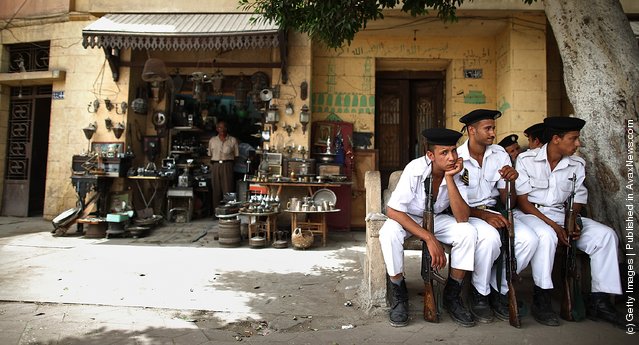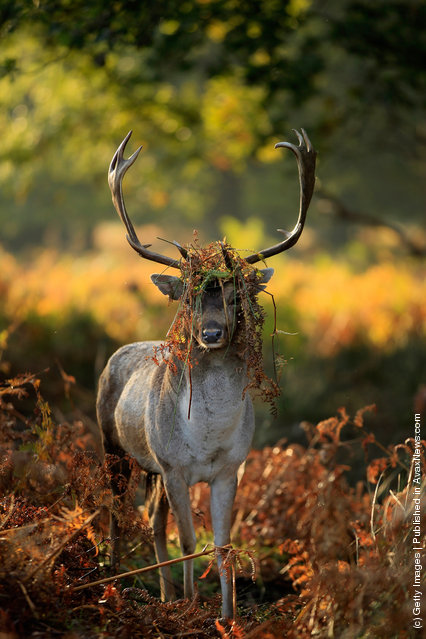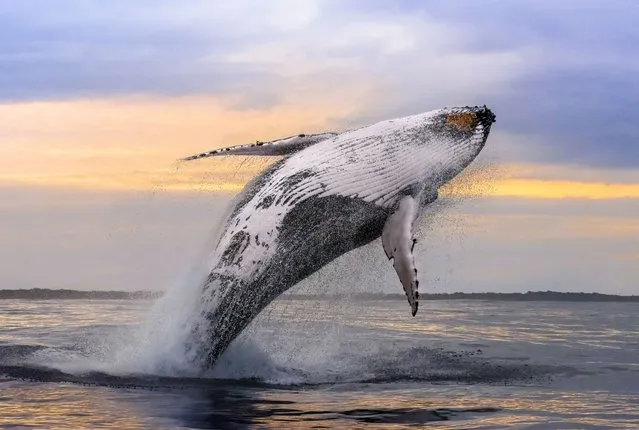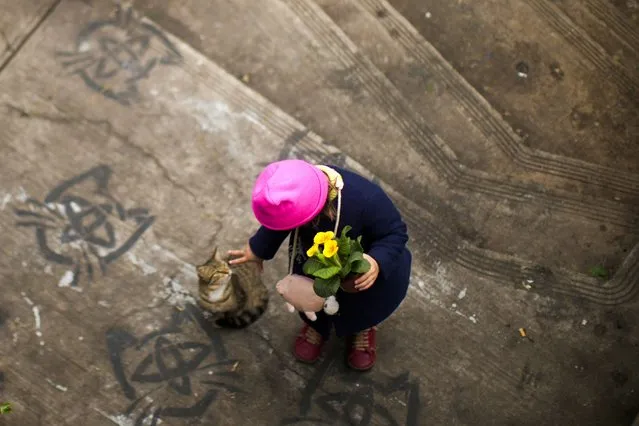
A homeless man wearing face masks to protect against coronavirus, waits to receive basic medial help from members of a group of volunteer doctors of the Dom Druzei (Home of Friends) NGO in Moscow, Russia, Wednesday, April 1, 2020. As Moscow goes into lockdown amid the coronavirus pandemic, thousands of homeless people have trouble receiving food, water and shelter as Russia's capital closes non-essential businesses, cafes and parks. (Photo by Pavel Golovkin/AP Photo)





